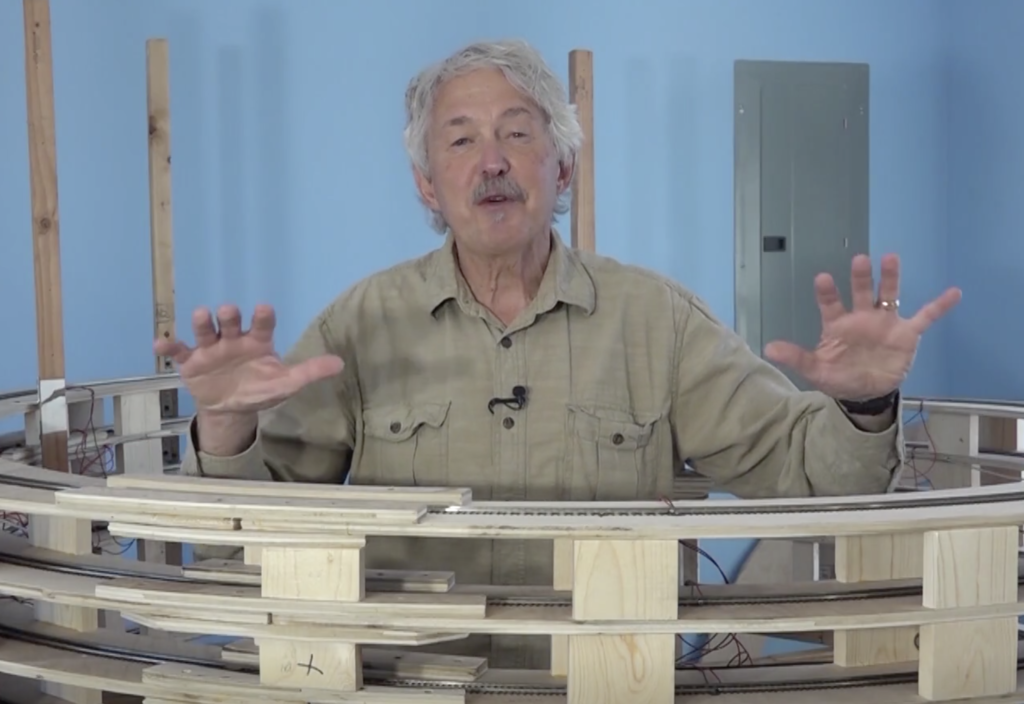
Host and star of MRVP’s Off the Rails, Gerry Leone, is returning to Trains.com with a new series on building a new layout for his home in the Pacific Northwest — Back on Track. In recent years, Gerry not only scrapped his old layout, but he moved from his existing home in a brand-new house […]
Read More…
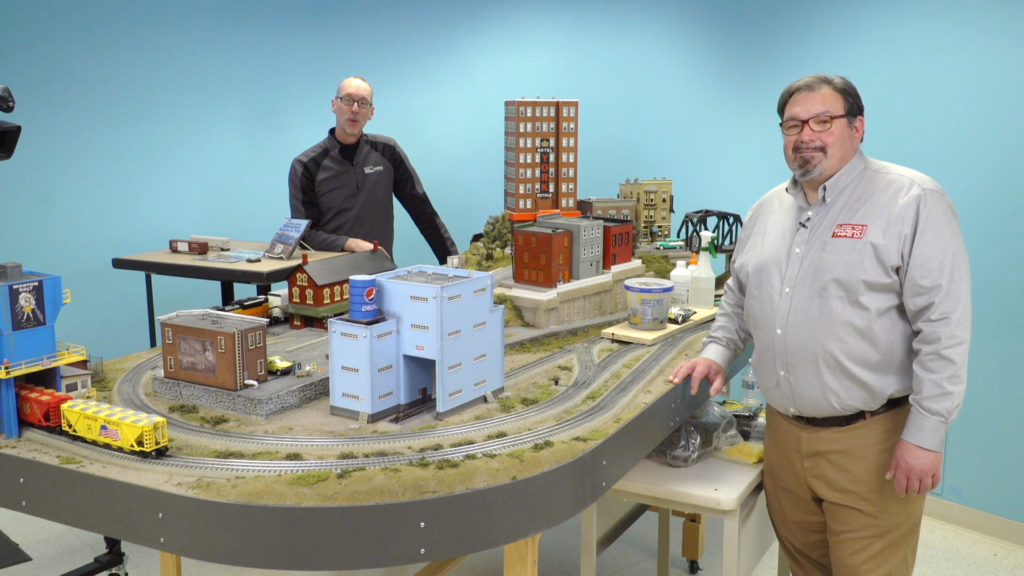
What’s better than hanging out with Hal Miller and David Popp in the Model Railroader / Classic Toy Trains Workshop? The chance to repeat the experience! Enjoy this full replay of their hour-long trackside/layout-side chat, which was originally presented as a livestream session during the World’s Greatest Hobby Virtual Show on Saturday, April 17, 2021. […]
Read More…
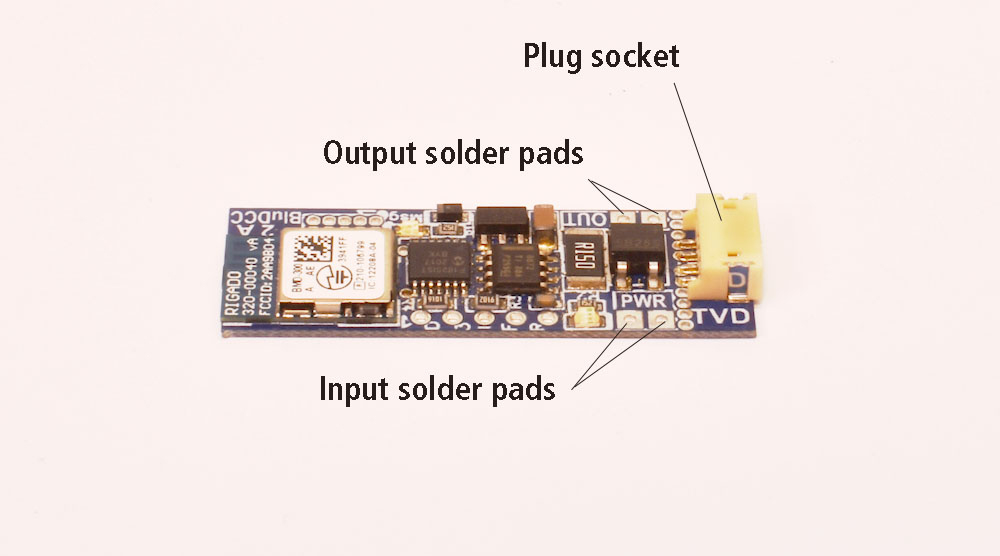
Everything runs on Bluetooth these days, so why not your locomotives? BlueRailDCC from Tam Valley has a solution (BlueRailDCC). This compact board (.57” x 1.5”) supports up to 2A of current, plenty for most HO scale installations. To connect, you’ll need to download the BlueRail Trains app to your Apple iPhone or iPad. Android support […]
Read More…
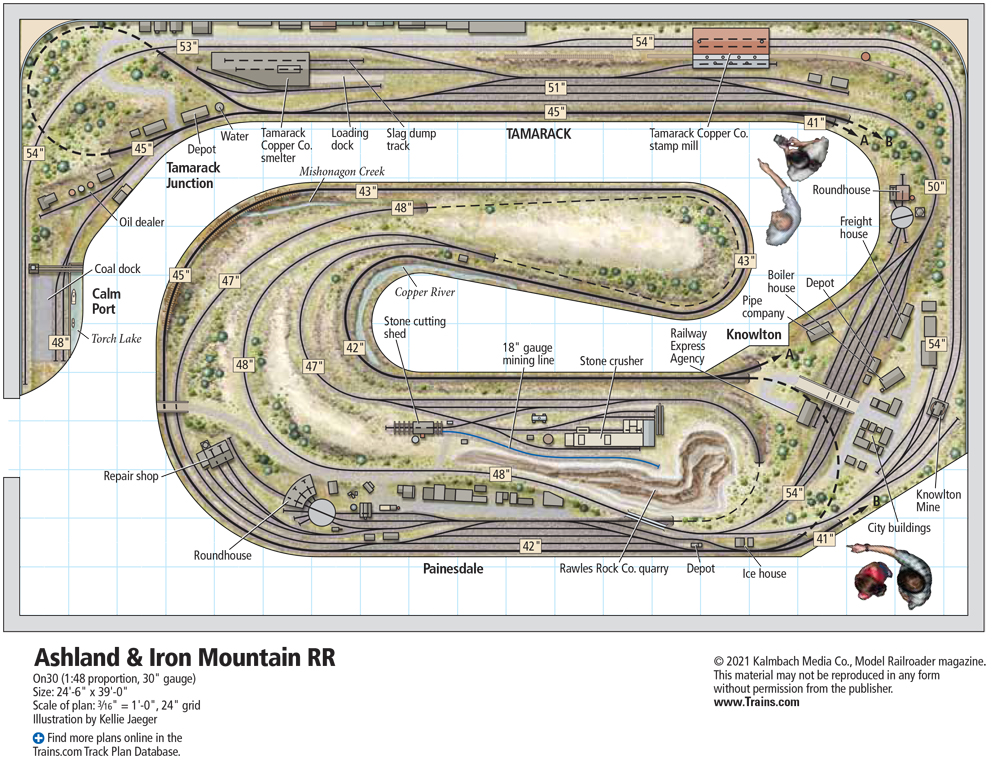
The layout at a glance Name: Ashland & Iron Mountain RR Scale: On30 (1:48 proportion, 30″ gauge) Size: 24′-6″ x 39′-0″ Prototype: freelanced, inspired by Quincy & Torch Lake RR Locale: Keweenaw Peninsula of Upper Michigan Era: late 1930s-1940s Style: walk-in Mainline run: 202 feet Minimum radius: 27″ Minimum turnout: no. 5 Maximum grade: 2.5 […]
Read More…
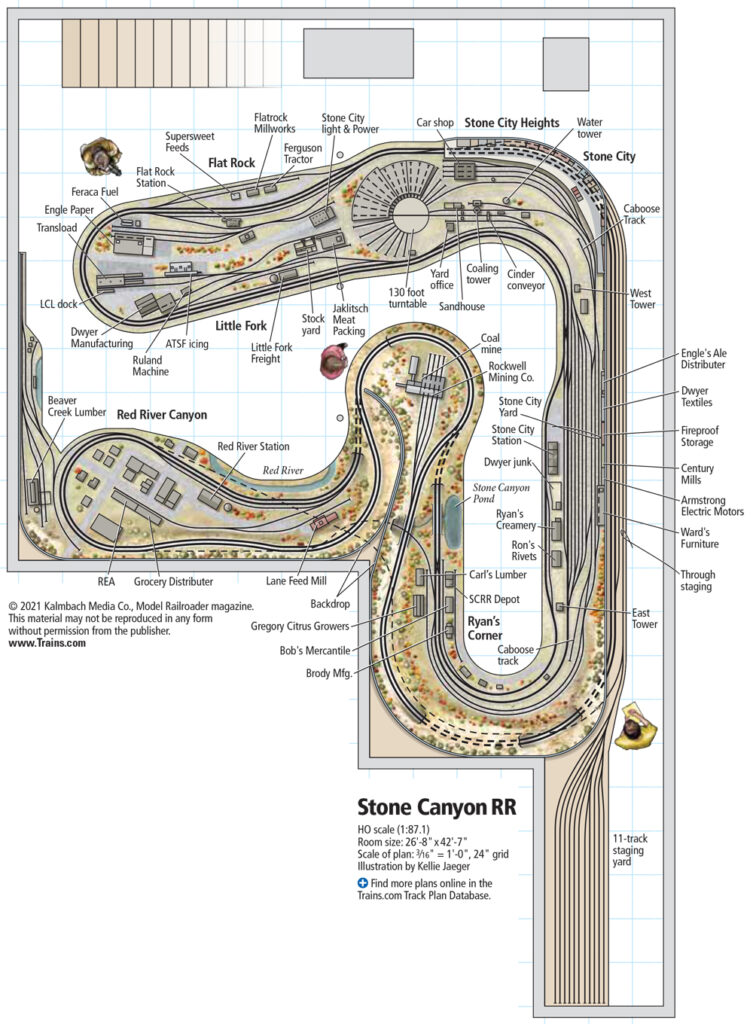
The layout at a glance Scale: HO (1:87.1) Size: 28 x 40 feet Prototype: Freelanced Locale: Western U.S. mountain states Era: 1950s Style: walk in Mainline run: 200 feet Minimum radius: 30″ Minimum turnout: no. 5 Maximum grade: 2 percent Benchwork: L-girder Height: 42″ to 51″ Roadbed: cork on 3⁄4″ plywood Track: code 83 visible, […]
Read More…
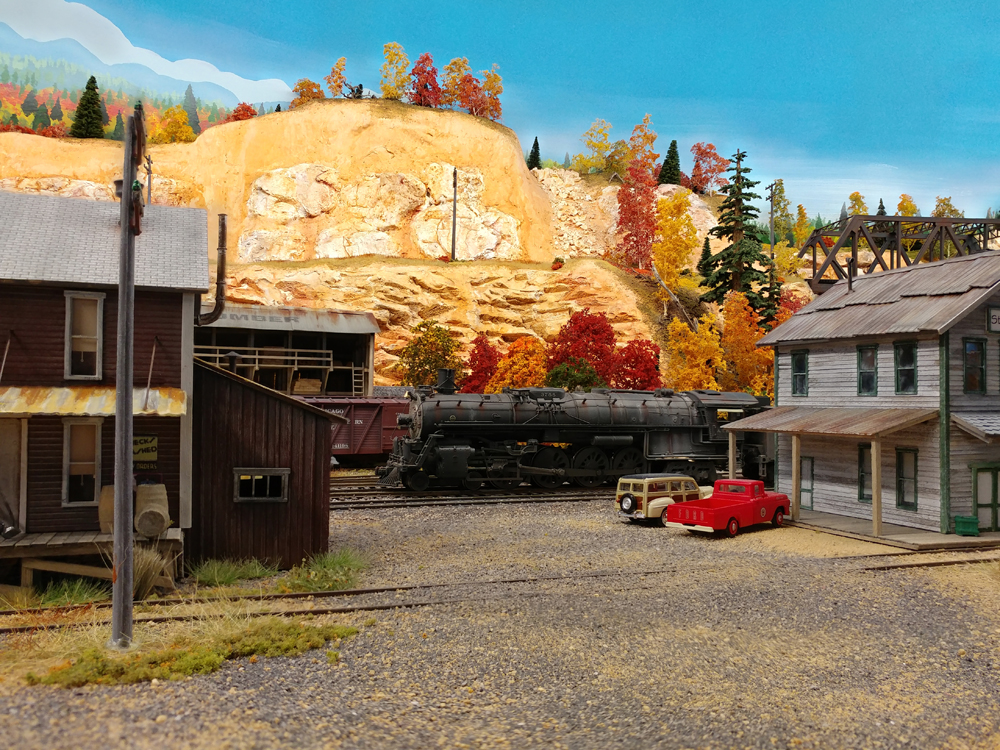
John Feraca started working on his Stone Canyon HO scale layout in 2003. After several expansions, it now fills a 28 x 40-foot space. The freelanced layout depicts the mountain west of the United States, but there are also town scenes and plenty of industries to keep operators busy. John used kits from Walthers Cornerstone, […]
Read More…
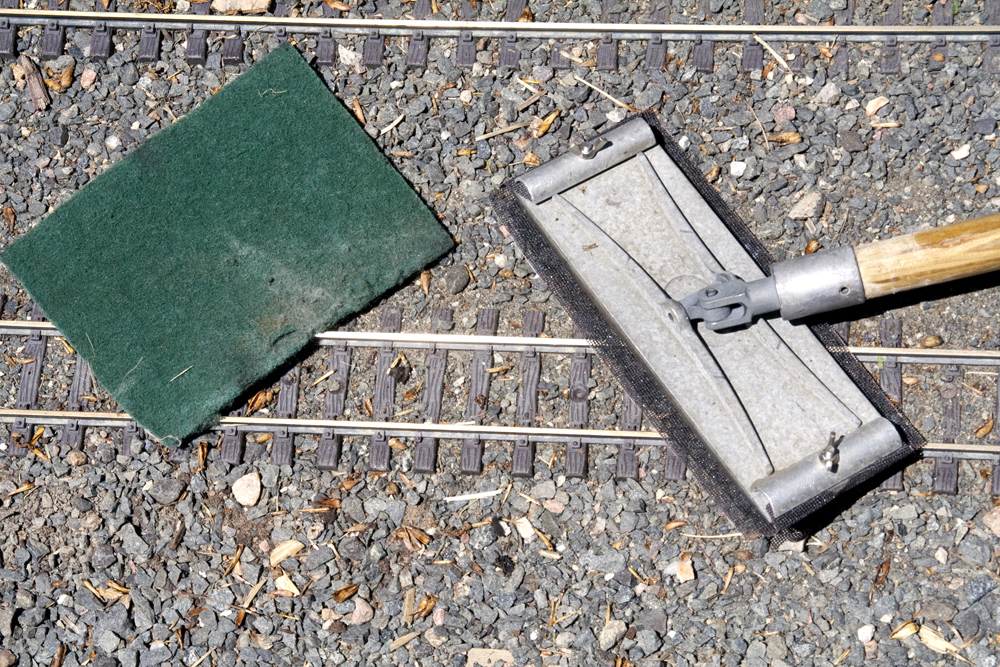
There are dozens of methods used to clean the rails in the garden. There are track-cleaning locomotives, track-cleaning cars, polishing wheels you can fit to the underside of a truck, blocks, poles with pads on the end—enough innovation to make a mousetrap inventor think his job is simple. These can be broken down into “manual” […]
Read More…
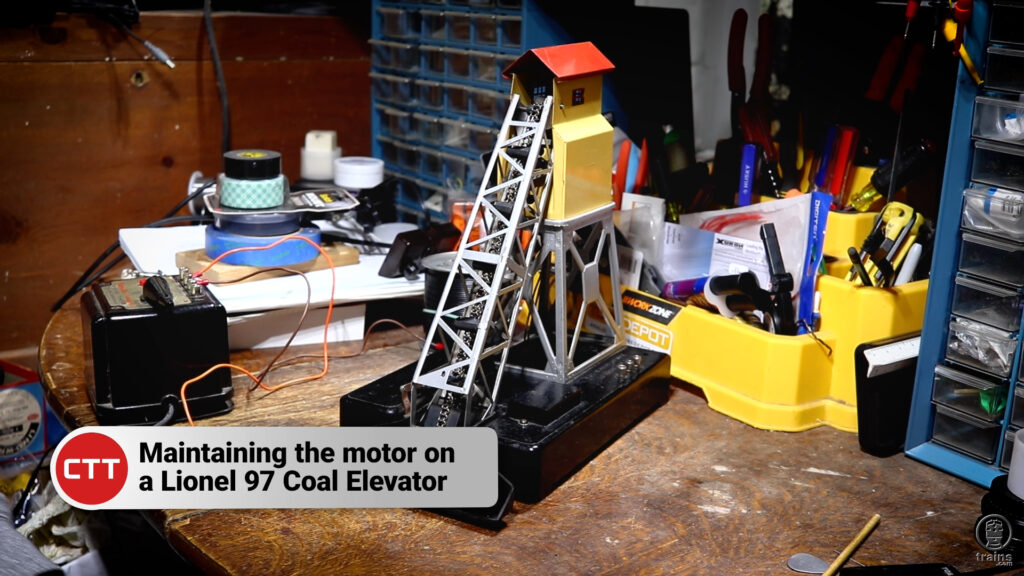
In this Workbench Minute Hal Miller shows how to remove the motor from a Lionel no. 97 coal elevator, clean the brushes, and lubricate the gearing. Then he puts it back together and gets the venerable accessory running again. […]
Read More…
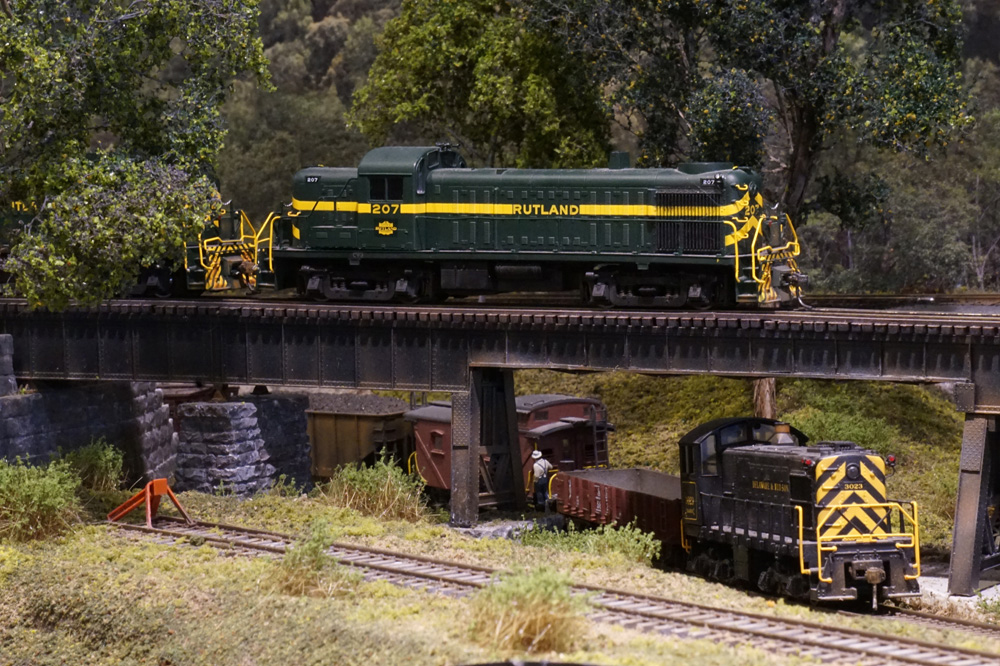
Trackside Photos is a showcase for the work of Model Railroader readers. Send your photos (digital images 5 megapixels or larger) to: Model Railroader, Trackside Photos, P.O. Box 1612, Waukesha, WI 53187-1612; or upload them to http://fileupload.kalmbach.com/contribute. For our photo submission guidelines, contact associate editor Steven Otte at sotte@mrmag.com. […]
Read More…
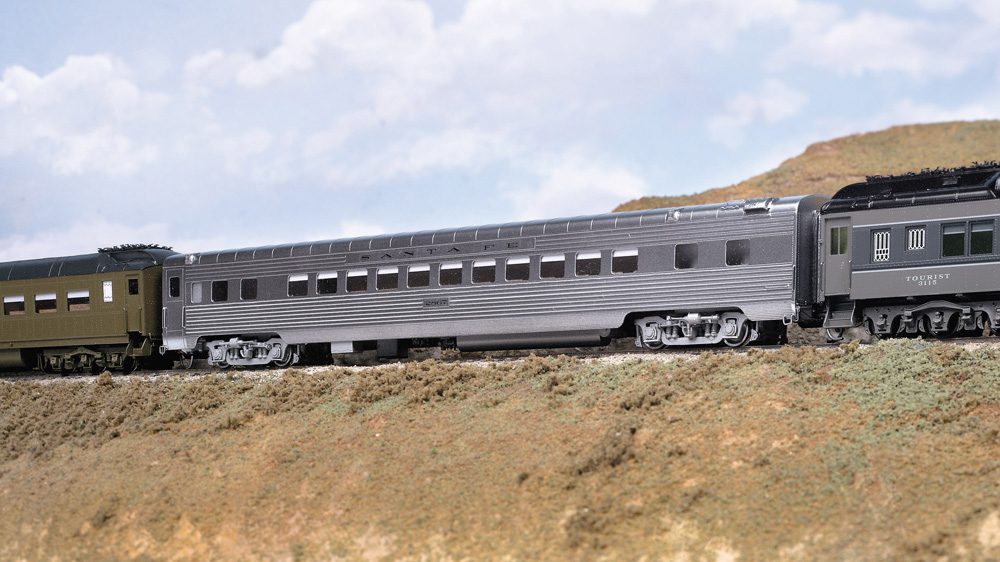
The stainless steel finish for passenger cars made of plastic is typically silver paint that lacks the mirror sheen of real stainless. Even the plated finishes of the brass models don’t have a realistic stainless look, and plated cars from different makers don’t match. I hadn’t found a finish I really liked, though, until I […]
Read More…
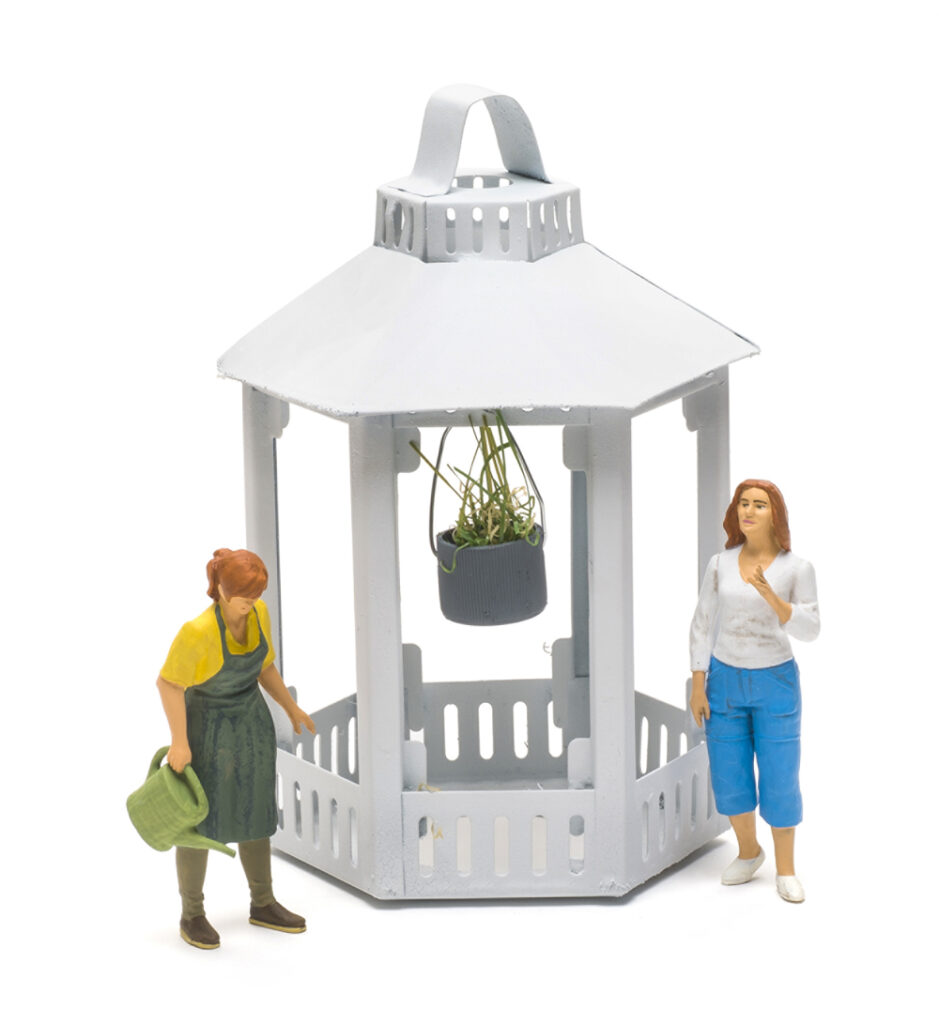
DIY garden train gazebo While shopping at a local thrift store, I spotted an aluminum tea light candle holder. The shape and size approximated a large-scale gazebo. With minor modifications and spray paint, it would make a weatherproof and inexpensive display piece in the railroad. I added a miniature hanging basket plant, made from a […]
Read More…
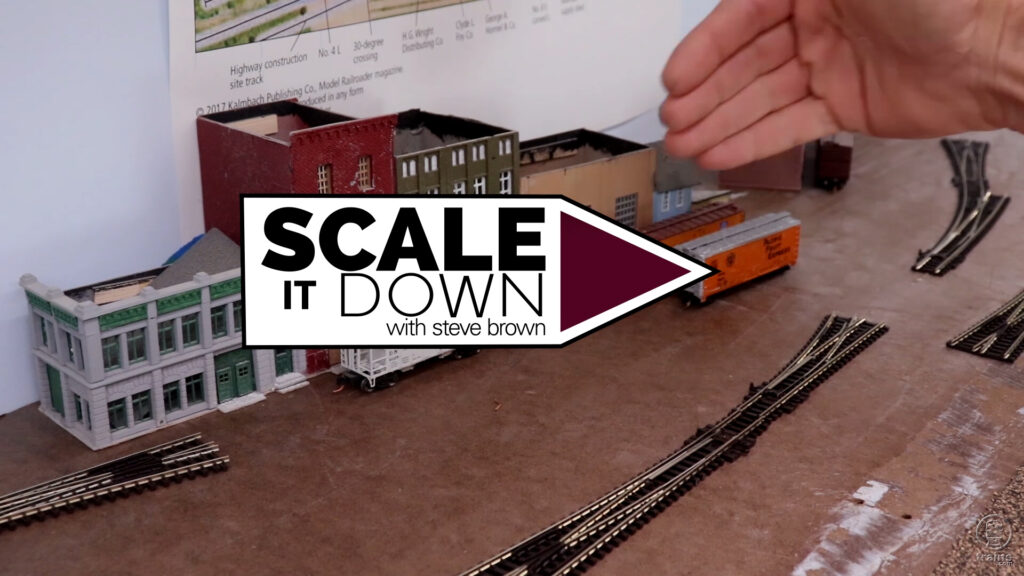
Steve Brown, host of It’s My Railroad, launches into an all-new, Trains.com exclusive series! Follow along as he walks through his plans and strategies for building a reduced-scope, N scale version of his favorite HO scale layout, the Winston-Salem Southbound Railway (The Tar Branch), previously featured in Model Railroader magazine and MRVideoPlus.com. […]
Read More…












